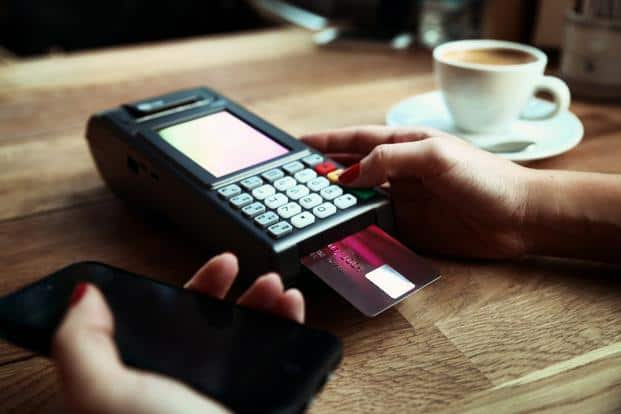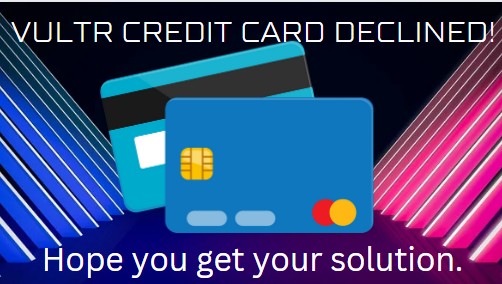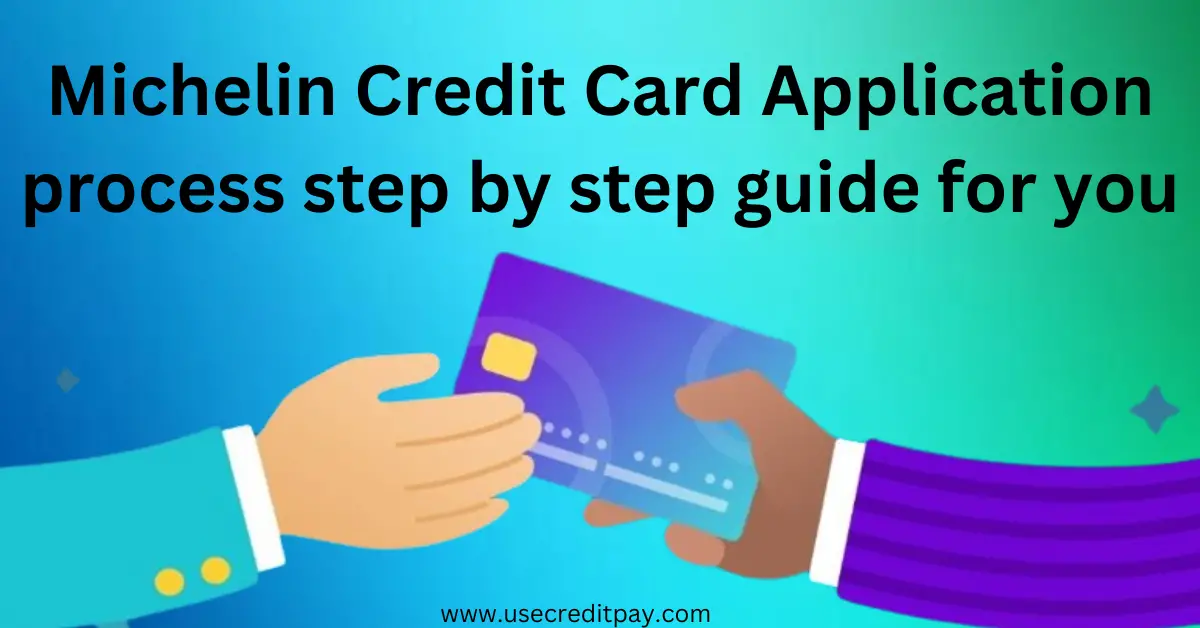Choosing between a debit card and a credit card depends on financial habits and goals. Each payment method offers distinct advantages and implications for personal finance management.
Debit cards provide a direct link to your checking account, making it easier to manage spending and avoid debt, as you can only spend what you have. They are an excellent tool for budget-conscious users who prefer not to incur debt or pay interest on purchases.
Credit cards, conversely, allow you to borrow money up to a certain limit and build credit history, beneficial for future loans and financial transactions. They offer rewards, purchase protections, and the flexibility to finance purchases over time, which can be advantageous when used responsibly. However, the temptation to overspend and the potential for high interest charges highlight the need for disciplined usage. The choice ultimately hinges on individual financial discipline and the ability to either limit expenditures or manage credit wisely.
Understanding The Financial Landscape
The financial landscape is ever-changing, with innovations and technologies constantly reshaping how we interact with money. From bartering to blockchain, the way we conduct financial transactions has evolved tremendously. Understanding this evolution is essential for grasping current consumer behavior and the convenience and security of modern payment methods.
The Evolution Of Financial Transactions
The journey of financial transactions is a fascinating tale of innovation and convenience. We’ve come a long way from trading goods to swiping plastic cards or tapping smartphones to complete a purchase. This evolution reflects the human quest for efficiency and ease in managing monetary dealings. Let’s explore the pivotal moments that have shaped our financial transaction methods:
- Bartering: The original form of exchange, requiring no medium other than the items being traded.
- Coinage: Introduction of coins provided a standardized value for goods and services.
- Paper Money: Representing a claim on value, paper money lightened the load for traders.
- Checks: Serving as paper promises for cash, checks added a layer of documentation and security.
- Credit Cards: With a simple swipe, credit cards decoupled the purchase from immediate payment.
- Online Payments: Bringing transactions to the digital world, enabling global commerce.
- Mobile Wallets: Smartphones have become the new wallets, streamlining payments even further.
- Cryptocurrencies: Challenging traditional banking with decentralized digital currencies.
Analyzing Consumer Spending Patterns
Consumer spending is a vital indicator of economic health. It not only reflects confidence and earning capacity but also sheds light on preferences and behaviors. The advent of detailed transaction data has equipped analysts with powerful tools to dissect and understand individual and collective spending habits. By scrutinizing this data, insights emerge:
| Aspect | Insight |
|---|---|
| Trends | Identifying upswings or downturns in various sectors |
| Demographics | Understanding how age, gender, and location influence spending |
| Payment Methods | Preference for digital over physical payment methods |
| Seasonality | Impact of holidays and seasons on consumer spending |
Examining these patterns helps businesses and policymakers make informed decisions. For example, a surge in digital payment usage might lead to investment in cybersecurity and mobile technology. Such analysis also enables forecast trends, driving strategic planning and policy formulation. Recognizing the nuances in consumer spending underlines the complexity and dynamism of the financial landscape.
The Rise Of Digital Payments
Our financial ecosystem is witnessing a monumental shift towards a digital-first approach, largely driven by the significant rise of digital payments. This evolution has redefined the traditional norms of transactions, pushing the bounds of convenience and efficiency. People are increasingly turning away from physical wallets stashed with cash or cards and embracing the seamlessness offered by digital payment solutions.
Influencing Factors In The Shift To Digital Payments
The transition to digital payments is not an overnight phenomenon. It is the culmination of various factors working in tandem to encourage a more tech-savvy approach to handling money. Below are pivotal elements influencing this shift:
- Consumer Convenience: Digital wallets and payment apps offer unparalleled user convenience, streamlining purchases with just a tap or click.
- Globalization: As businesses expand globally, the need for cross-border payment solutions grows, paving the way for digital transactions.
- Security Enhancements: Advanced encryption and tokenization technologies have escalated the safety associated with digital payments.
- Government Initiatives: Numerous government policies now actively promote digital financial services to foster a cashless economy.
- Young Demographics: The tech-native younger population is showing a clear preference for digital over traditional payment methods.
Impact Of Technology On Financial Transactions
The technological revolution has deeply penetrated the sphere of financial transactions. Innovations such as blockchain and mobile banking have made significant strides in reshaping how people interact with their finances.
| Technology | Impact |
|---|---|
| Mobile Payments | Enable transactions on-the-go, boosting consumer participation. |
| Blockchain | Introduces transparency and security, minimizing fraud risks. |
| Biometric Authentication | Enhances security, allowing for secure and effortless identity verification. |
| Artificial Intelligence & Machine Learning | Fosters predictive analysis and personalized customer experiences. |
Each technological advancement plays a role in encouraging the adoption of digital payments. Innovations like Near Field Communication (NFC) and Quick Response (QR) codes amplify the ease, bolstering user engagement. The result is a smooth transactional process that resonates with the digital-first lifestyle of contemporary consumers.
Unveiling The Secrets Of Credit Cards
Credit cards are more than just plastic payment tools; they are a gateway to understanding and harnessing financial potential. Many individuals carry credit cards, yet few truly recognize their power and utility in the financial world. To fully capitalize on what credit cards offer, it’s crucial to unlock their secrets—from understanding how they influence credit scores to leveraging them as a strategic financial tool.
Decoding Credit Scores And Reports
A credit score is a numerical expression representing a person’s creditworthiness and is based on credit history. Higher scores denote a more responsible borrower, opening doors to favorable interest rates and loan terms. Credit reports, on the other hand, provide a detailed history of credit activity, including the status of credit accounts and payment history.
- Components of a Credit Score
- Payment History (35%)
- Credit Utilization (30%)
- Credit History Length (15%)
- New Credit Inquiries (10%)
- Credit Mix (10%)
- To improve your credit score:
- Make payments on time
- Keep balances low on credit cards
- Avoid opening too many new accounts simultaneously
- Regularly monitor your credit report for inaccuracies
It’s essential to review credit reports regularly for errors, which can negatively impact credit scores. Free credit reports are available annually from major credit bureaus.
Leveraging Credit Cards For Financial Empowerment
Using credit cards wisely can be a strategic financial move. Responsible use can lead to a healthier credit profile, while also providing opportunities to benefit from rewards and cashback programs. Here’s how to make credit cards work for you:
- Rewards and Benefits: Choose credit cards that offer rewards aligning with your spending habits.
- Budgeting Tool: Track expenses through statements to manage budgets effectively.
- Building Credit: Use your card regularly and pay off balances each month to establish a solid credit history.
- Emergency Buffer: Credit cards can serve as a financial cushion during unforeseen expenses, but be mindful to avoid high-interest debt traps.
Keep your utilization low, ideally less than 30% of your total credit limit, to maintain a positive impact on your credit score.
Navigating The Pitfalls Of Debt
Amassing debt can be a slippery slope if not handled with care and foresight. Credit cards offer the convenience of buying now and paying later, but this can lead to a debt trap if mismanaged. Understanding how to navigate through the potential downfalls is critical for maintaining financial health. The rising tide of debt need not sweep you away if you adhere to smart strategies and disciplined repayment plans. Let’s discuss how to manage credit card debt effectively and explore strategic repayment techniques to regain financial stability.
Managing Credit Card Debt Wisely
Credit card debt is a common challenge, but implementing wise management strategies is key to preventing a financial quagmire. Here are some approaches to consider:
- Assessment: Start by taking a thorough inventory of all debts, noting the interest rates and due dates.
- Budgeting: Create a realistic budget that prioritizes debt repayment while also meeting essential living expenses.
- Avoiding New Debt: Put a temporary halt to using credit cards until current debts are under control.
Regularly reviewing account statements and monitoring your credit score are also essential practices that help you stay on top of your financial situation.
Strategic Debt Repayment Techniques
With a clear strategy, eliminating credit card debt becomes more achievable. Consider these techniques:
- Snowball Method: Pay off the card with the smallest balance first while maintaining minimum payments on the rest, building momentum as each balance is cleared.
- Avalanche Method: Prioritize debts with the highest interest rates for faster reduction of interest accrual over time.
- Consolidation: Combine multiple debts into a single loan with a lower interest rate, simplifying payments and potentially reducing interest costs.
Consultation with a financial advisor might also provide personalized strategies aligned with your specific financial goals and circumstances.
Embracing Financial Freedom
Embracing Financial Freedom is not just about having enough money to cover expenses; it’s about gaining the power to make choices that allow for a life rich with experiences, unburdened by the stress of money-related constraints. It’s about understanding and using financial tools wisely, such as credit cards, to enhance one’s financial wellbeing. Whether it’s for managing everyday expenses or for making significant life purchases, the right approach towards credit can be liberating. This section delves into how individuals can empower themselves by making smart financial decisions and sustaining optimal financial health.
Empowering Financial Decision-making
Making informed choices about personal finances paves the way to empowerment and independence. Knowledge is power, and understanding the intricacies of credit cards, from interest rates to rewards programs, can turn a simple piece of plastic into a powerful budgeting tool. It starts with setting clear financial goals and mapping out a strategy to achieve them, ensuring each swipe of the card aligns with one’s broader financial blueprint.
- Assess Spending: Track where money goes monthly.
- Evaluate Terms: Compare credit cards to find the best fit.
- Plan Repayment: Adopt a consistent payment schedule to avoid debt accumulation.
Sustaining Optimal Financial Health
To sustain a sound financial state, one must continuously monitor and adjust spending habits. A healthy credit score not only facilitates better interest rates but also opens doors to more financial opportunities. Maintaining optimal financial health involves a combination of smart budgeting, timely payments, and regular credit checks.
- Creating a Budget: Set up a budget that encompasses all earnings, spendings, savings, and investments.
- Reducing Debt: Target high-interest debt first to lessen overall interest payments.
- Reviewing Credit Reports: Regularly check credit reports for errors and to keep track of score improvements.
Frequently Asked Questions Of Lead In To Card Or Credit
What Is Credit Card Lead Generation?
Lead generation for credit cards involves strategies to attract potential customers interested in applying for a new card. Campaigns may use online forms, social media, or targeted ads to reach prospects.
How Do Credit Cards Affect Credit Score?
Credit card usage impacts credit scores through factors like payment history, credit utilization, and account age. Responsible use generally boosts scores, while missed payments or high balances can cause a decline.
Can You Get Leads Without Credit Check?
Yes, some lead generation strategies do not require a credit check. These may focus on educational content or offers that don’t necessitate a credit inquiry until later in the customer’s journey.
What’s The Best Way To Compare Credit Cards?
Comparing credit cards effectively involves examining interest rates, fees, rewards, and cardholder benefits. Online comparison tools can help streamline this process by providing side-by-side evaluations.
Navigating the maze of financial options can be daunting. Choosing between debit and credit requires a keen understanding of your spending habits. Remember, informed choices pave the way to a secure financial future. Embrace the power of knowledge, and select the card that aligns with your monetary goals.






